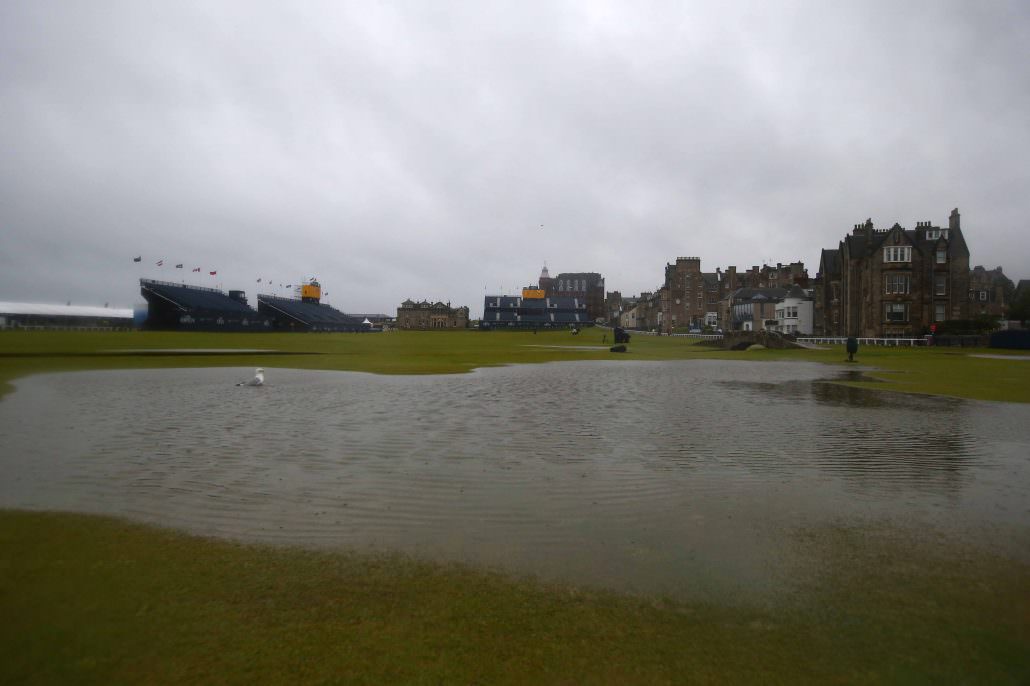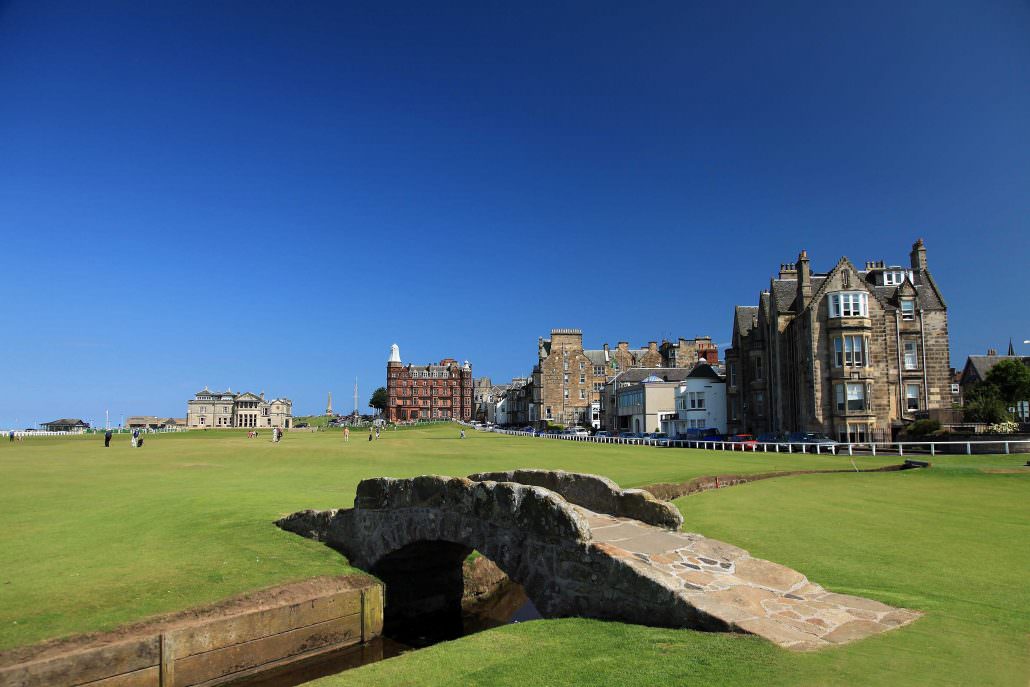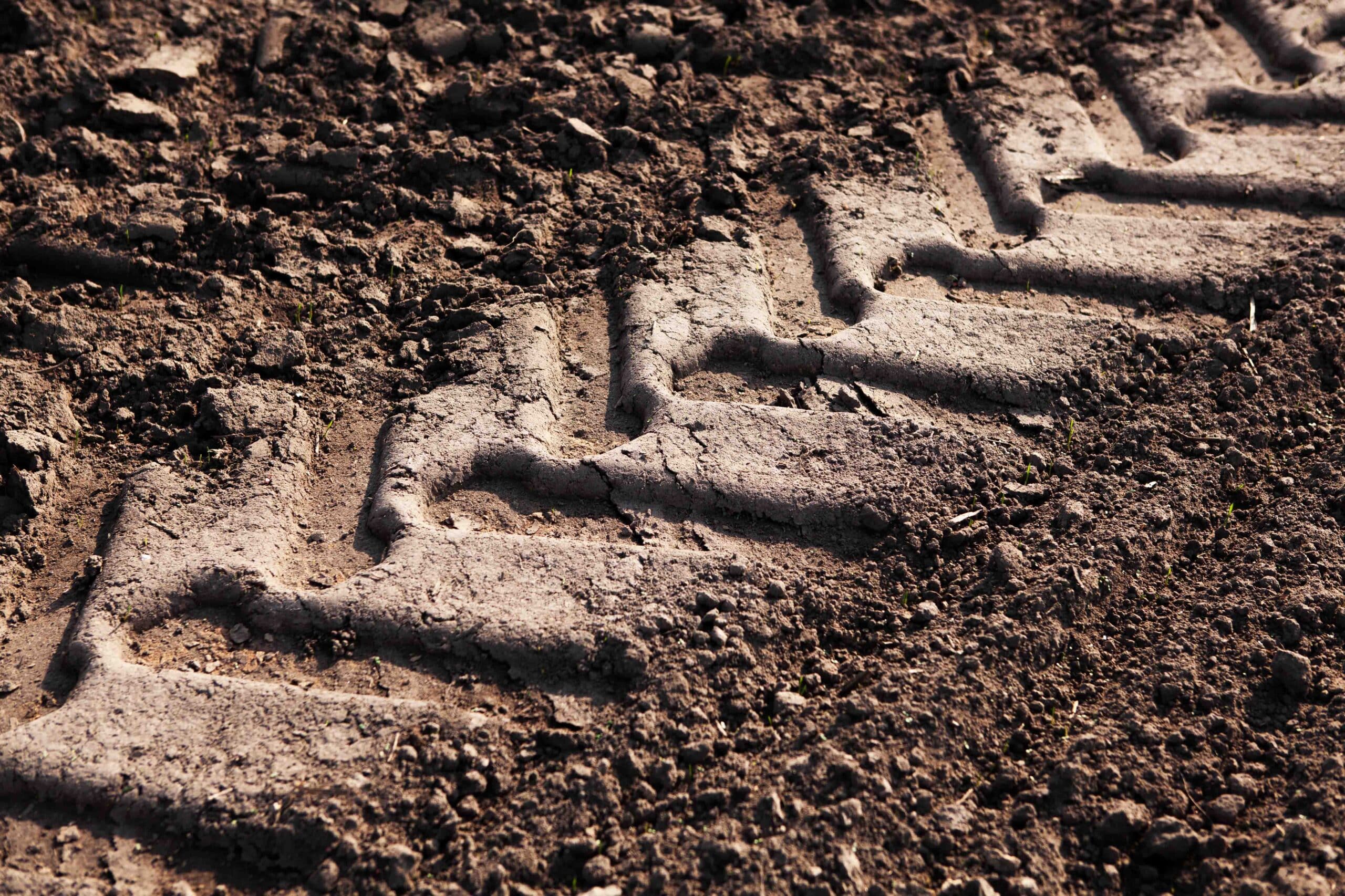
Is the Home of Golf threatened by climate change? We’re about to find out
Campaigners are warning it could be under water by the end of the century – now scientists will study the impact of climate change and coastal erosion on golf’s most hallowed ground.
The R&A has awarded a research grant of £90,000 to the School of Geography and Sustainable Development at the University of St Andrews for a project that will consider the Old Course and some of the world’s most prestigious venues.
Led by Professor Bill Austin over a period of three years, the study – ‘A Blue Carbon Audit of Coastal Golf Courses: New Opportunities for Climate Coastal Change Mitigation and Adaptation’ – will look at what the changing climate and erosion is doing to the world famous course.
Last year, the Climate Coalition said Open venues like St Andrews and Royal Troon could disappear if sea levels rose even slightly as the world’s temperatures warmed.
“Only a small increase in sea-level rise would imperil all of the world’s links courses before the end of the century,” a report said.
It has been estimated that almost £400 million worth of property and infrastructure around Scotland’s coastline is at risk because of the effects of coastal erosion.
As NCG reported in a special investigation, courses as far apart as Formby and Montrose are taking action to mitigate the effects of the receding shores.
- Related: What is coastal erosion?
- Related: The effects of coastal erosion on golfing communities
- Related: What can be done to tackle coastal erosion?
This new research, which is a key part of the R&A Golf Course 2030 project and is being funded through the governing body’s Coastal Change Action Plan, will consider any climate factors that could impact golf’s most well-known links.
Professor Austin said: “The oceans and seas that surround many of the world’s top golf courses play a vital role in their future viability.
“Many are already seeing the impact of coastal erosion and flooding brought on by more storms and rising sea levels as a result of climate change.
“This research will allow us to consider all climate related factors that will have an ever-lasting effect on the Home of Golf.
“Our research will also look at the blue carbon opportunities and the role of long-term carbon storage in Scotland’s coastal habitats surrounding golf courses.
“If we can protect these carbon-rich ecosystems we can prevent the release of greenhouse gases that would otherwise contribute to global warming, support their rich biodiversity and improve their resilience to future sea-level rise.”
Steve Isaac, director – sustainability at the R&A, added: “The results of the projects being funded will contribute significantly towards meeting the aims of Golf Course 2030 and provide insights to the golf industry as we consider how to address the challenges and opportunities presented by a changing climate, resource constraints and regulation on golf course management.”
Is climate change a huge threat to our coastal courses? Have your say in the comments, or tweet me.
Steve Carroll

A journalist for 25 years, Steve has been immersed in club golf for almost as long. A former club captain, he has passed the Level 3 Rules of Golf exam with distinction having attended the R&A's prestigious Tournament Administrators and Referees Seminar.
Steve has officiated at a host of high-profile tournaments, including Open Regional Qualifying, PGA Fourball Championship, English Men's Senior Amateur, and the North of England Amateur Championship. In 2023, he made his international debut as part of the team that refereed England vs Switzerland U16 girls.
A part of NCG's Top 100s panel, Steve has a particular love of links golf and is frantically trying to restore his single-figure handicap. He currently floats at around 11.
Steve plays at Close House, in Newcastle, and York GC, where he is a member of the club's matches and competitions committee and referees the annual 36-hole scratch York Rose Bowl.
Having studied history at Newcastle University, he became a journalist having passed his NTCJ exams at Darlington College of Technology.
What's in Steve's bag: TaylorMade Stealth 2 driver, 3-wood, and hybrids; TaylorMade Stealth 2 irons; TaylorMade Hi-Toe, Ping ChipR, Sik Putter.











